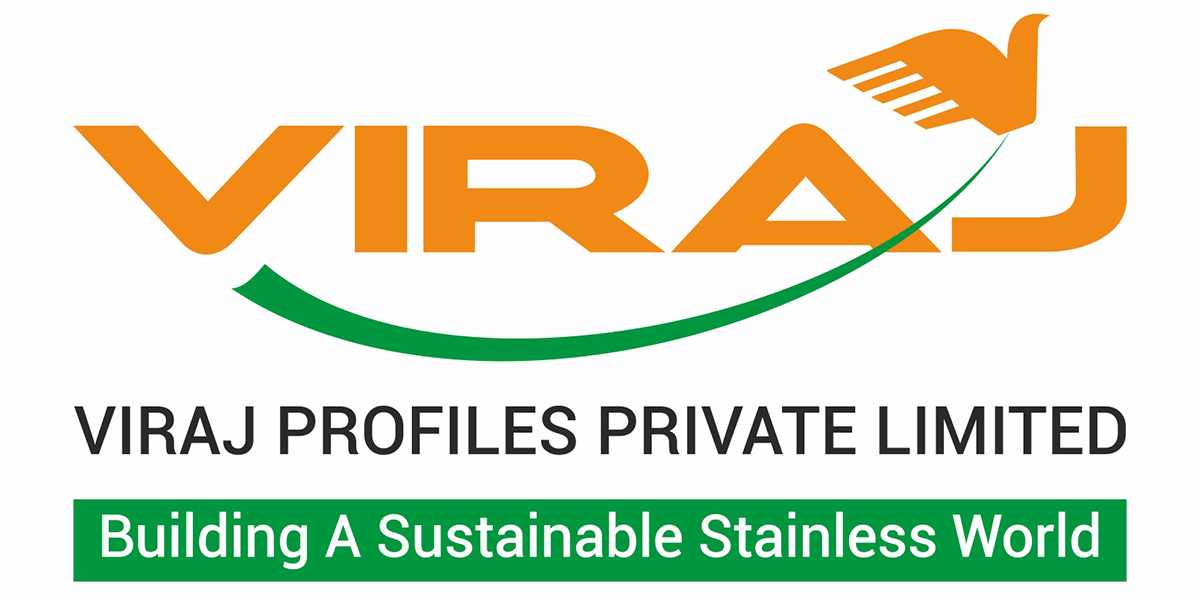
Stainless steels are widely used in the food industries, including wine production, because of their corrosion resistance and ease of cleaning which result in negligible product contamination.
Long life can be expected from stainless steel equipment provided care is taken with:
> Vessel design
> Grade selection
> Fabrication procedures
> Maintenance practices.
The precautions to be taken are not complicated but are most important - neglecting to follow them can lead to rapid failure.
VESSEL DESIGN
Much can be done in the detailed design to improve corrosion resistance. The two cardinal rules are:
1. Design for complete and free drainage
2. Eliminate or seal weld crevices.
A series of drawings, with accompanying narrative, comparing good and bad design practices, are set out in Part Ill of Nickel Development Institute publication #11 007: Guidelines for the welded fabrication of nickel-containing stainless steels for corrosion resistant services.
GRADE SELECTION
Two stainless steel grades are particularly used in the wine industry, grades 304 and 316, and both 'standard' and 'low carbon (L)' versions are available. Their compositions are shown in Table One below.
| Table One: Stainless Steel Grade Selection | ||||
| GRADE | CHROMIUM | NICKEL | MOLYBDENUM | CARBON |
| 304 | 18.0 - 20.0 | 8.0 - 10.5 | - | 0.08 max |
| 304L | 18.0 - 20.0 | 8.0 - 10.5 | - | 0.03 max |
| 316 | 16.0 - 18.0 | 10.0 - 14.0 | 2.0 - 3.0 | 0.08 max |
| 316L | 16.0 - 18.0 | 10.0 - 14.0 | 2.0 - 3.0 | 0.03 max |
The 'L grades are specified w here welding is to be carried out and there is concern that time-at-temperature may be sufficient to precipitate chromium carbides and hence cause sensitisation of the metal, resulting in susceptibility to intergranular corrosion.
The molybdenum content of grade 316 significantly improves its resistance to p1tting and crevice corrosion, particularly in the presence of chlorides. It also increases the material cost by about 20 to 25 percent.
For handling waters, grade 304 is satisfactory up to about 200 parts per million (ppm) chlorides, while grade 316 can be used up to 1 000 ppm chlorides.
Tartaric, acetic, tannic, malic and citric acids are not corrosive to stainless steel at the concentrations found in juices or wines. However, the level of su lphur dioxide is an issue. Grade 304 is generally regarded as resistant to corrosion when immersed in juice or wine at free SO2 levels up to 700 ppm. Above this, grade 316 is recommended. The problem is greater in the vapour space where sulphurcontaining acids can form. Grade 304 is not recommended for use in areas where there is more than 75 ppm SO2 in the liquid. This can lead to composite tanks using grade 316 in the ullage zone and grade 304 in the submerged zone.
 FABRICATION PROCEDURES
FABRICATION PROCEDURES
Cracks and crevices in stainless steel welds can act as initiation points for pitting and crevice corrosion. They can also result in product contamination . The aim should be for smooth weld beads without porosity, slag inclusions or undercut.
During the welding of stainless steels, 'heat tint' is formed. This is a high temperature oxide, rich in chromium which has been drawn from the stainless steel. The result is a very thin low-chromium layer on the underlying stainless steel surtace. For best corrosion resistance, both the oxide film and underlying chromiumdeficient layer must be removed. This can be done by pickling using a nitric/hydrofluoric acid mix, either in a bath or as paste, or by mechanical removal.
Since stainless steel depends for its corrosion resistance on the presence of an extremely thin, continuous chromium oxide film, any contaminants which disrupt this film will reduce its corrosion performance and can initiate pitting. A common contaminant is embedded iron particles from nearby grinding of carbon steel fabrications or the use of iron-contaminated tools. Such contamination can be removed by passivating the stainless steel with nitric acid, followed by a thorough water rinse.
After hydrotesting and before being put into service, tanks should be drained and thoroughly dried. There are too many instances of new stainless steel systems failing due to pitting or crevice corrosion because either:
> Contaminated test water has been left stagnant in the system, or
> The system has been drained but not dried, leaving pools of water to evaporate, concentrating dissolved salts and resulting in corrosive attack.
MAINTENANCE
Stainless steel is inherently a low maintenance material - but it is not zero maintenance. The main requirements are:
> Deposits which build up on stainless steel surfaces should be regularly removed. This is because crevices exist under deposits and crevice corrosion can be initiated in such areas.
> Following cleaning, regular inspection is necessary to establish the condition of the equipment. This will ensure early detection of any developing problems so that steps can be taken to prevent further deterioration.
If guidelines such as these are followed, long and trouble free service can be expected from stainless steel equipment.
Words by David Jenkinson from the Nickel Development Institute.
This article featured in Australian Stainless magazine - Issue 18, May 2001.














